What Founders Need to Know Before Launching That “Influencer” Campaign
Let’s talk about KOL platforms.
Because right now in Web3, it feels like every third founder I talk to is either:
- launching a token
- building a community
- or burning through a KOL budget faster than gas on Base
And I get it. These platforms are seductive:
- Pre-vetted influencers
- Quick-hit distribution
- Plug-and-play campaign management for your marketing chaos
But here’s the problem:
Most of them aren’t measuring influence.
They’re just monetizing attention.
And those are not the same thing.
🧪 What Are These Platforms Actually Doing?
Some of them (like Lever.io, which I recently explored) offer:
- Structured campaign management
- Creator discovery
- On-chain or social metrics dashboards
- Budget management for KOL partnerships
That’s the infrastructure side.
Helpful. Scalable. Worth watching.
But most still assume “KOL = results,”
when in reality, it’s just a traffic faucet attached to an engagement mirage.
🧠 What Founders Need to Ask Before Launching:
✅ Is this creator’s audience real—and are they even crypto-native?
✅ Can I track engagement beyond likes and comments?
✅ Do they speak with trust or just tweet loudly and often?
✅ Are they part of my community—or just here for the token drop?
✅ What happens after the campaign? Who sticks around?
Because if the answer is “we don’t know,”
what you’re buying isn’t influence.
You’re buying delay. Hype cover. Buzz in lieu of narrative clarity.
🧯 Campaigns Don’t Fail Because the Platform is Bad.
They fail because you didn’t know what story you were telling in the first place.
And no KOL can fix that.
They just amplify what’s already there—confusion, conviction, or chaos.
TL;DR:
- KOLs aren’t your go-to-market strategy.
- They’re a tactic in a trust-based system.
- If your messaging’s a mess, KOLs just make it louder.
P.S.
Curious how I’d approach this for your launch? Or tell me what’s worked (or flopped) in your world.
.png)
.png)
